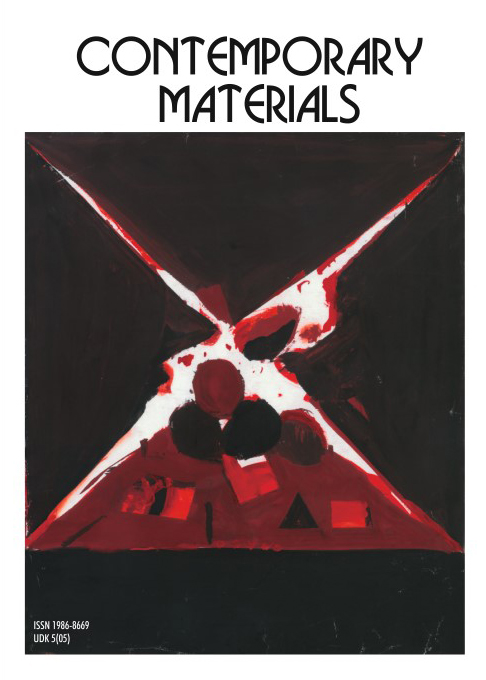MEASUREMENT AND ANALYSIS OF THE SPECTRAL EMISSION OF DIFFERENT TYPES OF DOMESTIC LAMPS IN THE BLUE LIGHT HAZARD WAVELENGTH RANGE
DOI:
https://doi.org/10.7251/COMEN2401009TAbstract
In recent years, research on the photobiological impact of light on humans has been expanding and deepening. A significant part of this research is aimed at harmful effects such as the blue light hazard (BLH) on the retina of the human eye, for which there are standardized indicators in international normative documents. The current research presents laboratory measurements and results for the spectral emission in blue light hazard wavelength range for several domestic lamps: conventional tungsten filament lamps, halogen and metal halide lamps, compact fluorescent lamps, and state-of-the-art LED lamps. The measurements are conducted in a specialised laboratory in the Technological Park of the Technical University - Gabrovo using a photometer with a spectroradiometer in an integrating sphere and are processed with specialised software. Graphical comparisons of the spectral distributions of lamps in the visible part of the electromagnetic spectrum with the dangerous blue light wavelength range are shown. Data on the main photometric and colour characteristics - luminous flux, light efficacy, chromaticity coordinates, colour temperature, colour rendering index, and indicators for assessing the presence of dangerous blue light - blue light (weighted power) and blue light hazard factor (weighted power/ lux), for the different types of lamps, are shown in tables. Conclusions and recommendations regarding the choice of the type of domestic lamp and its colour characteristics to limit the level of dangerous blue light are made.
